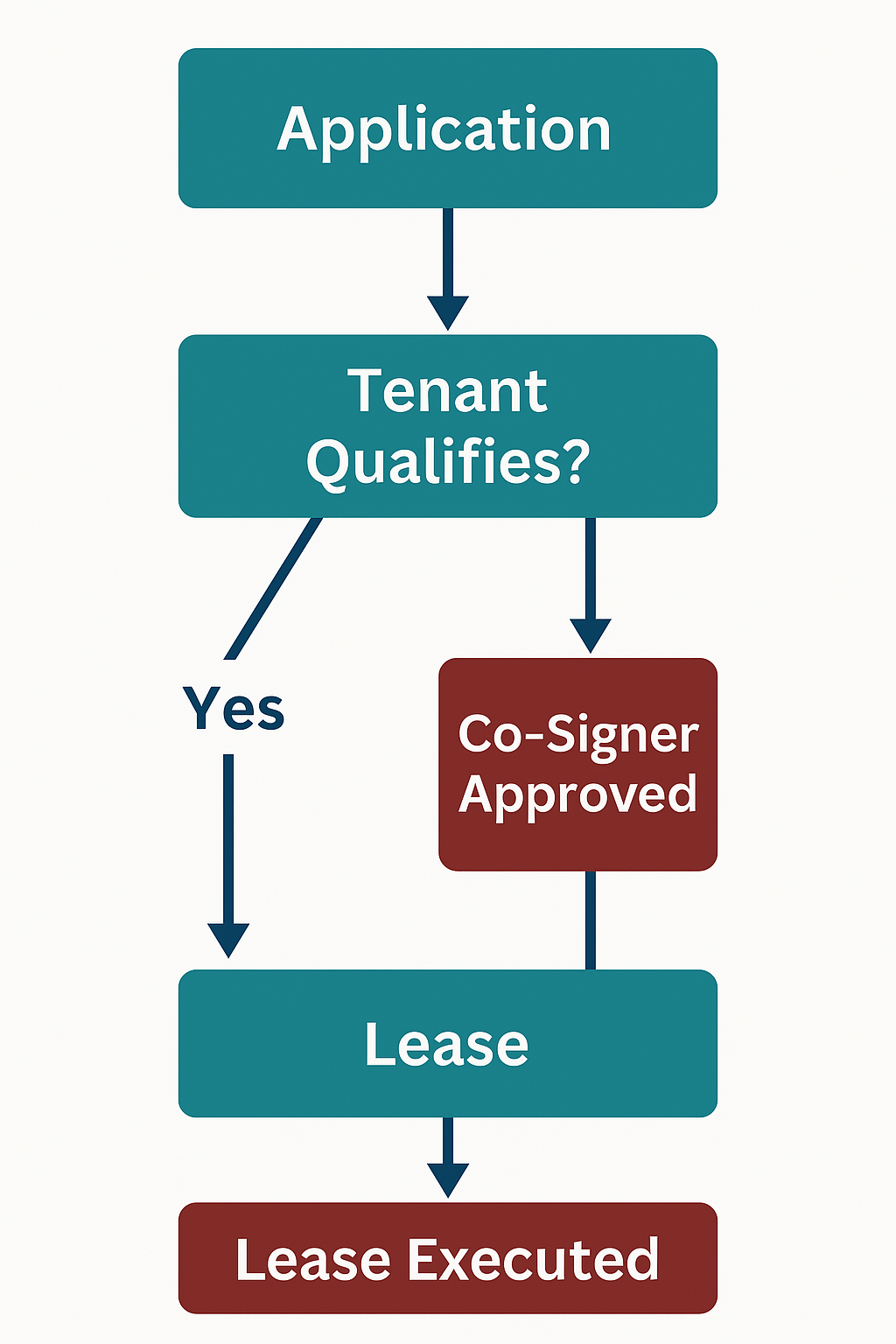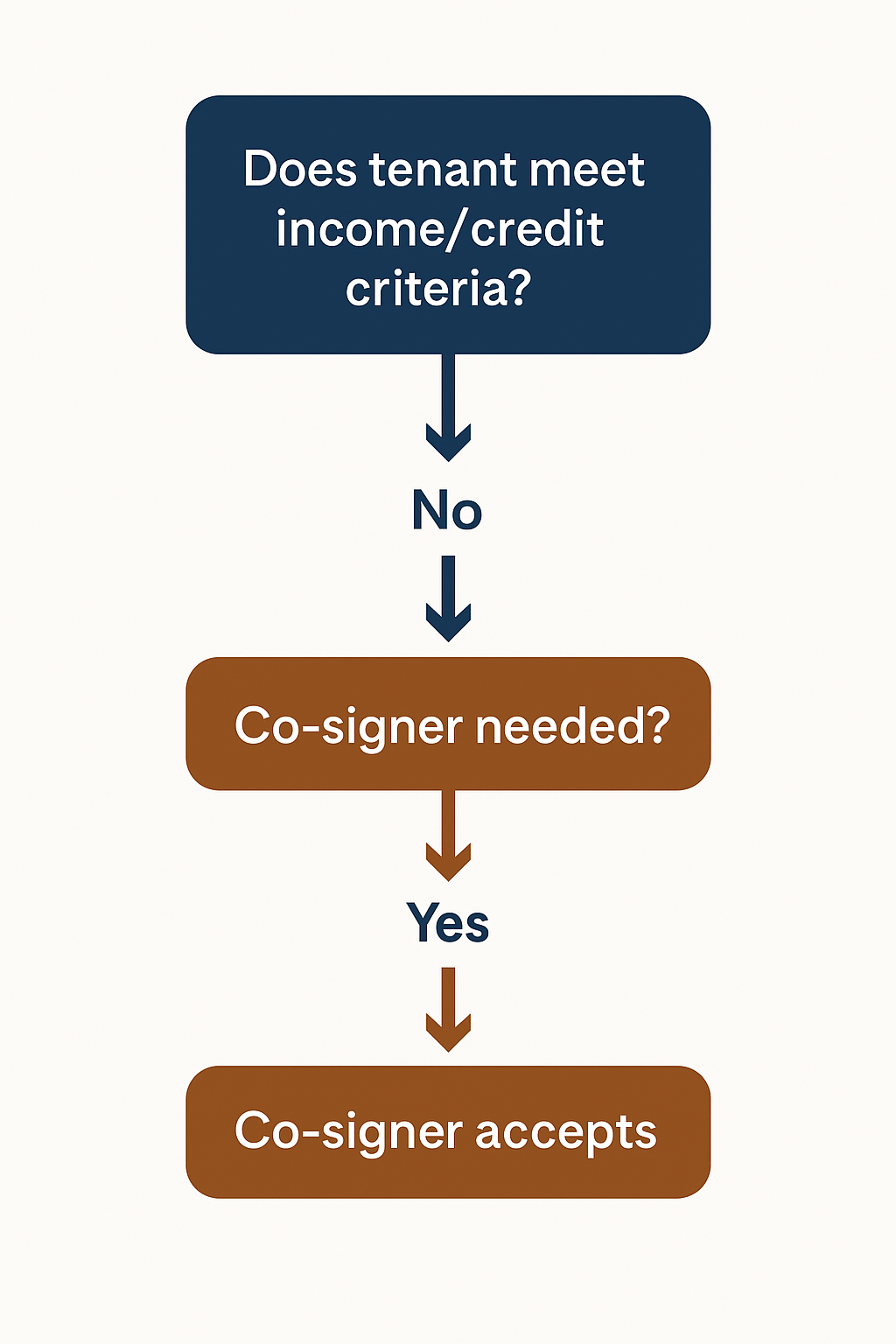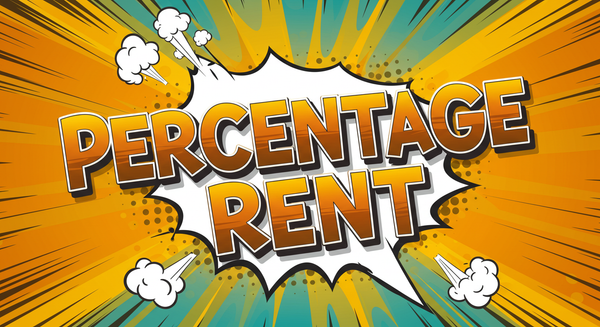Co-Signer Agreements: What Property Managers Need to Know
How co-signer agreements reduce risk, expand tenant eligibility, and protect your rental income—what every landlord and property manager needs to know.

Introduction
A co-signer agreement is a contractual tool that can make or break your leasing strategy. Often used when a prospective tenant lacks sufficient income, good credit, or rental history, a co-signer (also called a lease guarantor) agrees to assume legal responsibility for the lease if the primary tenant defaults.
This mechanism is especially valuable in high-demand housing markets like miami apartments, phoenix apartments, and portland apartments, where competition is stiff but renter profiles vary. Property managers who understand the power and risk of co-signers can reduce vacancies, limit unpaid rent, and better manage tenant screening.
This guide will walk you through:
- What co-signers are and how they differ from guarantors
- Why co-signers matter in property management
- How to use them effectively with legal and compliance guardrails
- Best practices and visual tools to make the concept practical
Definition and Background
A co-signer is a third party who agrees to share the financial obligation of a rental lease. This includes monthly rent, property damage, and any lease violations by the primary borrower. While terms like "co-signer" and "guarantor" are often used interchangeably, they are not identical:
- Co-signer: Appears on the lease, shares full liability, may have rights to the unit
- Guarantor: Not on the lease, liable only if tenant defaults (source)
These distinctions are vital. As explained in The Property Manager's Guide to Lease Co-Applicants, knowing who holds which obligations affects enforcement and recoverability.
Concept Overview Flowchart

Significance in Property Management
Co-signers improve both the financial and operational sides of rental property management:
- Risk Reduction: Co-signers are jointly liable for rent payment and damages. This legal fallback protects the property owner from unpaid rent and property damage (source).
- Increased Tenant Pool: Renters with low credit or limited income gain access to housing, especially students or new entrants to the workforce (source).
- Lease Enforcement: Co-signers can be contacted for lease violations, offering another layer of accountability (source).
Practical Applications
Scenario 1: Student with No Credit in Miami
A parent co-signs to help a student lease a unit in miami apartments. The lease co-signer has strong credit, securing approval. Lease is signed with minimal friction.
Scenario 2: Self-Employed Applicant in Fort Worth
Lacking W2s, a freelancer seeks a unit. The property manager accepts a co-signer agreement along with renters insurance to mitigate risk. Tenant moves in.
Scenario 3: Lease Violation in Phoenix
Tenant stops paying rent. Landlord contacts the co-signer who pays the owed balance, avoiding eviction.
Each of these examples shows how a co-signer service can preserve revenue and occupancy.

Legal and Compliance Considerations
Federal law (16 CFR Part 444) limits when a credit bureau or landlord can require a co-signer. If a potential tenant qualifies independently, a co-signer can’t be demanded (source).
State Examples:
- In Texas, both tenants and co-signers must sign to enforce the lease (source)
- In Oregon, leases must document co-signer responsibilities clearly (source)
For nuanced guidance, the article All About Apartment Homes covers jurisdictional lease enforcement essentials.
Best Practices
1. Set Clear Criteria
Create consistent rules: credit score < 650, income < 3x rent = co-signer required
2. Educate Tenants and Co-Signers
Distribute a FAQ or checklist outlining legal responsibility and lease term obligations.
3. Automate Notifications
Set up systems to notify co-signers of rent payment issues or lease violations.
4. Require Full Documentation
Use standardized templates like those found on LandlordDoc.com and require digital signatures.
5. Conduct Regular Policy Reviews
Ensure your rental agreement reflects updated local laws and market best practices.
Related Concepts
- Lease Guarantor: A financial backup, usually with limited legal access
- Primary Tenant: The individual named on the apartment lease
- Security Deposit: First line of protection, co-signers act as the second
- Credit Report: Key evaluation tool in determining need for co-signer
- Tenant Screening: The process that triggers co-signer requirements
These concepts are detailed in the Lease Co-Applicants guide, an essential read for operational clarity.
Common Questions
Is co-signing risky?
Yes. Co-signers are liable for rent and damages, and defaults affect their credit.
Can co-signers back out mid-lease?
Not unless the lease agreement is renegotiated.
Do all tenants need co-signers?
No. Only those who fail to meet screening thresholds.
Is co-signing the only option?
Alternatives include larger security deposits, upfront rent, or lower-risk units (source).
Does this apply to all cities?
Policies vary. For instance, portland apartments may have stricter tenant protections.
Conclusion and Resources
Understanding co-signer agreements is a critical skill for any property manager. It expands your renter base, secures your income, and ensures legal clarity. When used correctly, co-signers can be powerful tools for managing risk without sacrificing occupancy.
Recommended Resources:
- The Property Manager's Guide to Lease Co-Applicants
- All About Apartment Homes
- Federal Co-Signer Regulation (16 CFR Part 444)
- HUD Lease Requirements
- How to Raise Rent on a Tenant
Ready to tighten your co-signer policy? Start with a lease template that defines all roles clearly—and review your process with the visuals above.





